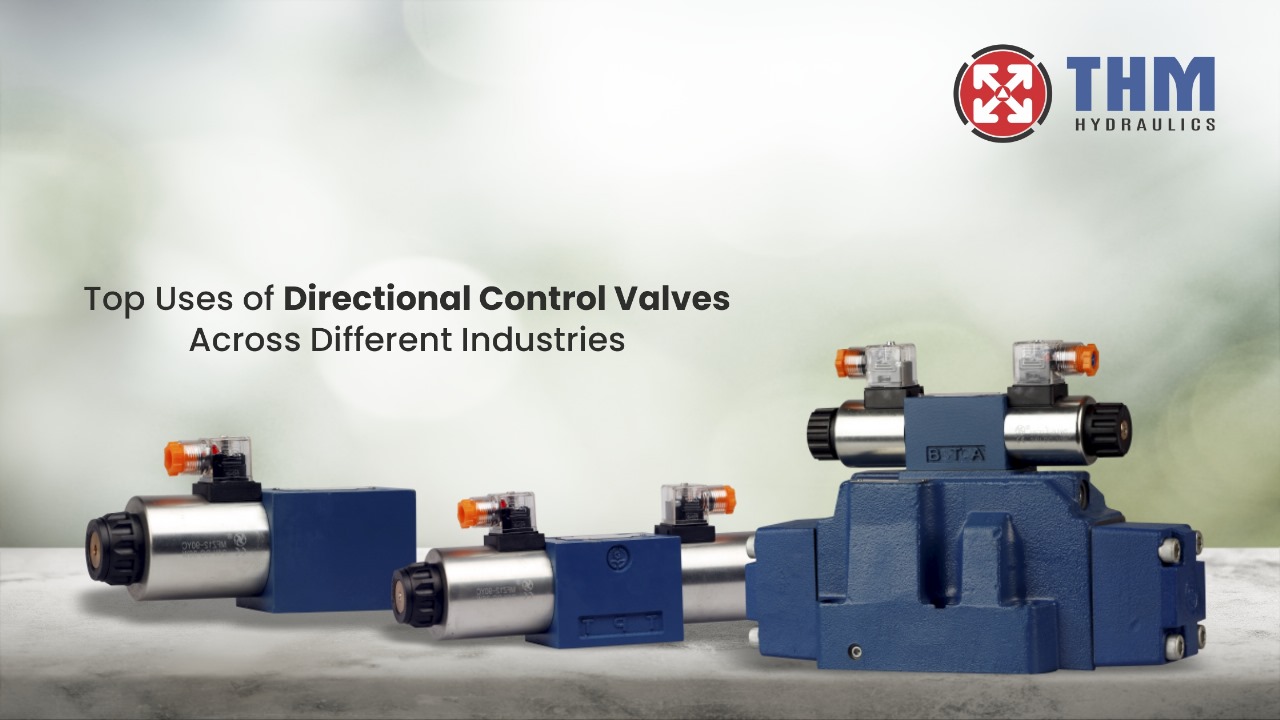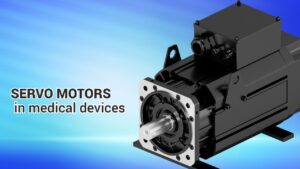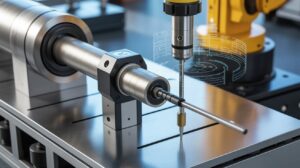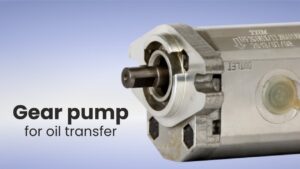These valves are very important in current hydraulic and pneumatic systems. They direct fluid flow which is important for controlling and automating different types of machinery. For any machine, automation system or fluid power unit to perform precisely, directional control valves are needed.
Types of Directional Control Valves
It is necessary to understand different types of directional control valves to find the best one for each job. The most common types of illnesses are:
- 2/2-way valves: Two-way valves have two ports and two positions and they are used to turn flow on or off.
- 3/2-way valves: Three-port, two-way valves: Two positions, three ports – these are common in pneumatic applications.
- 4/2 and 4/3-way valves: With four ports and two or three settings, these are typical in hydraulic systems.
- Pilot-operated valves: Used for high-flow systems, where direct operation is not feasible.
- Solenoid-operated valves: Controlled electrically, ideal for valve systems in automation.
Every type is important for industrial valves depending on what kind of fluid control is needed.
Top Industrial Applications of Directional Control Valves
Directional control valves are applied in different industries to help with motion, automation and safety. The following are the leading industrial applications:
1. The field of manufacturing and automation
- Applied in valve systems for automating robotic arms and conveyor belts.
- Support the movement of fluids in hydraulic press machines.
- Help to automate both assembly lines and pick-and-place machines.
2. Construction Equipment
- Hydraulic directional control valves are important for backhoes, cranes and bulldozers.
- Operate the movement of hydraulic cylinders, both in and out.
- Move heavy components in a way that is both safe and correct.
3. Agriculture Machinery
- You can find them on tractors, harvesters and balers.
- Handle the opening and closing of tools, plows and spreaders.
- Increase how much fuel is saved and how operators control the machine.
4. Aerospace and Aviation
- In aircraft landing gear, brakes and flaps, hydraulics are used to control fluid power systems.
- Ensure high reliability in situations with extreme pressure and height.
5. The Oil & Gas Industry
- Commonly found in both subsea control systems and drilling rigs on land and at sea.
- Ensure that processes in hazardous areas are controlled exactly as needed.
- Keep the blowout preventers in safe working order.
6. Marine Industry
- Work with winches, steering gear and covers on the hatches.
- Help direct and control fluids used in industry for different purposes.
7. Industrial Machinery
- Uses for these motors include injection molding machines, metal stamping equipment and material handling systems.
- Control actuators with precision which results in greater productivity and less downtime.
Key Benefits of Using Directional Control Valves
Sing directional control valves has many benefits.
- Precision means the actuator moves with exact control.
- Prevents the system from moving or failing by accident.
- Energy Efficiency: Prevents most fluid from being lost and requires less energy.
- Consistency: Built to work well in tough industrial settings.
- It can be used flexibly in a range of valve applications in industry.
Conclusion – Directional Control Valves Power Industrial Applications
Many industries rely on directional control valves to make hydraulic and pneumatic systems work properly. Because they guide and control fluid movement, machines work efficiently and without risk.
With the help of new automation and smart control systems, the use of control valves in manufacturing, agriculture and aerospace is increasing. Selecting the right directional control valve for hydraulics improves the system’s dependability and how much it can get done.
If you want hydraulic control valves built to your requirements, THM Huade is a trusted supplier that provides high-quality and dependable hydraulic solutions.
Take the smart step today, Reach out to THM Huade to explore high-performance Directional Control Valves designed for your industrial needs.
FAQs
In hydraulics, directional control valves decide where the fluid will go inside the system. As a result, cylinders and motors can move in and out, rotate or change position as required by the system.
Among the flow control valves are needle valves, globe valves, ball valves and pressure-compensated valves. The direction of a flow can be controlled by the actuator’s action in the system.
These valves are used in automation systems to control air or oil in actuators, robotic arms and other automated valve systems. Most of these are driven by solenoids and are linked to PLC systems to ensure accuracy.
Hydraulic control valves allow hydraulic fluid to flow to the needed actuator by opening or closing certain passages. Operation can be done manually or by electrical or pneumatic signals based on the design of the system.
Because directional valves manage how and when fluids flow, they are necessary for machines to operate properly in lifting, rotating and clamping operations.



